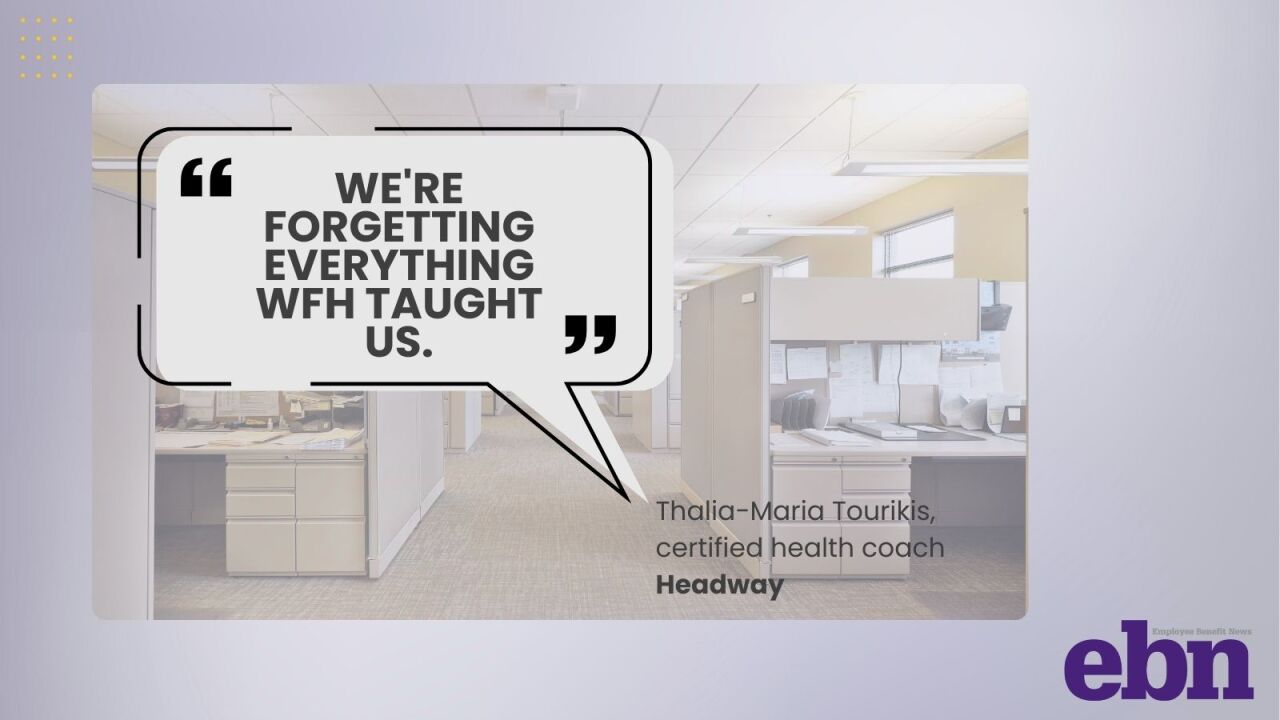While there's no denying the
Simple yet powerful technology can do wonders for improving
A smooth onboarding process is a great starting point for your clients to enable their employees to feel valued and seen. This includes an operational element (i.e., solid HR policies, account creation, all necessary paperwork, etc.), knowledge (i.e., providing training on tools and processes employees will need) and integration (i.e., helping new employees feel supported by assigning them mentors or buddies).
In addition, what truly makes the onboarding process excellent is its transparency and accessibility. For example, an easy-to-use onboarding platform for employees can be an employer's best ally.
Read more:
Once the onboarding process is finished, there are various opportunities to keep employees engaged. For instance, organizations can offer a mentorship program to make work challenges less stressful and build an atmosphere of trust among team members.
It's also important for employers to talk with employees about their respective fields of interest and determine how they align with the company's values and objectives. The next step would be to organize workshops that cover these or similar topics. Recording the sessions and making them available to everyone for future use would be quite helpful.
These workshops can be geared toward other areas such as career advancement. For example, at CAKE.com, I'm currently holding a leadership workshop for all employees who seek to become leaders and successfully manage their own teams.
The workshop's progress depends on how closely it fits employees' interests. To make sure your client is on the right track, it's best to organize one-on-one meetings between managers and employees to discuss career plans that the employee wants to pursue.
Read more:
In between onboarding and career advancement, employees should learn and master the skills needed for their primary role. The key factor to successful learning is an easily accessible and user-friendly learning platform.
Since this is something employees need on a daily basis or when mastering a new skill, it's worth investing in a high-quality solution. This platform must include courses that provide all the necessary knowledge without employees necessarily feeling like they're in school again.
That's why it's good for the content to be interactive. Organizations should include as many different content types as possible to appeal to auditory, visual and kinesthetic types of learners. If this is done, just watch how the motivation to complete the course immediately grows.
Another amazing feature organizations can include is gamification. Employers can offer badges once the course is completed, assign special tasks employees must complete or create a leaderboard that contains the names of participants with the highest scores. It might be worth asking teams if they want to divide into two or more sub-teams and compete. The opportunities are endless.
In this way, employees will look forward to new content to adopt and implement in their work.
Additionally, your clients can improve employee experience by fostering a culture of knowledge sharing. Nothing will make employees feel more isolated than being deprived of knowledge and colleagues willing to help, especially if they work remotely.
Read more:
High-end technology isn't necessary for this. Employees should be encouraged to use a communication app (we use Pumble at CAKE.com) to post and share relevant news and information in the form of Google Docs, for example.
Also, the communication app enables all the teams from the company to participate in knowledge sharing, making cross-team collaboration a breeze.
While employers can effectively use a communication tool to enable the distribution of work-related data, they should reward employees who decide to share knowledge. This is a game-changer in improving employee experience.
Organizations always should honor their mentors, lecturers and people who show initiative to create educational content or organize workshops. This is how they build a knowledge-sharing culture wherein people are happy to distribute their resources – not viewing them as solely their own, but everyone else's as well.
Lastly, feedback is a powerful way to ensure employees are headed in the right direction. Because every goal, task, and intention can be evaluated and reconstructed if necessary.
For this, your client needs to set up a platform to track all employees' goals for this year, month or any other time frame. Then, once they have revised what has been done so far, they can discuss and send their feedback to the employee. The platform should be easily accessible, and the data available only to the employer and employee in question.
Finally, remember that all the technology and workshops must support employees' needs, not vice versa. Employees can easily recognize if this isn't the case, and may be hesitant to adopt the new technology.






